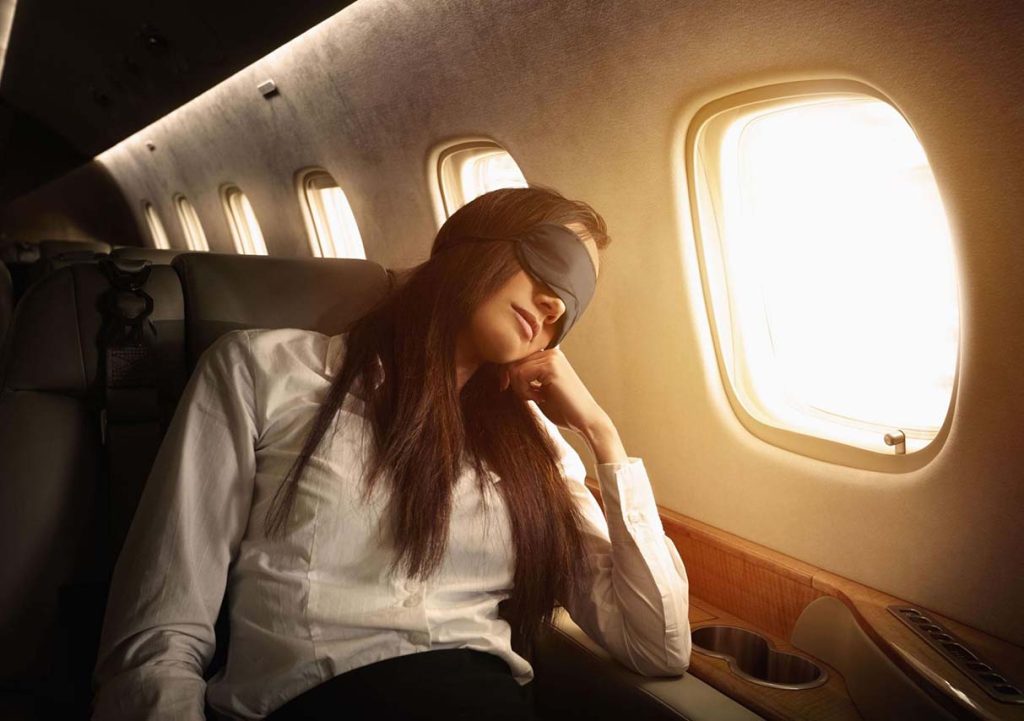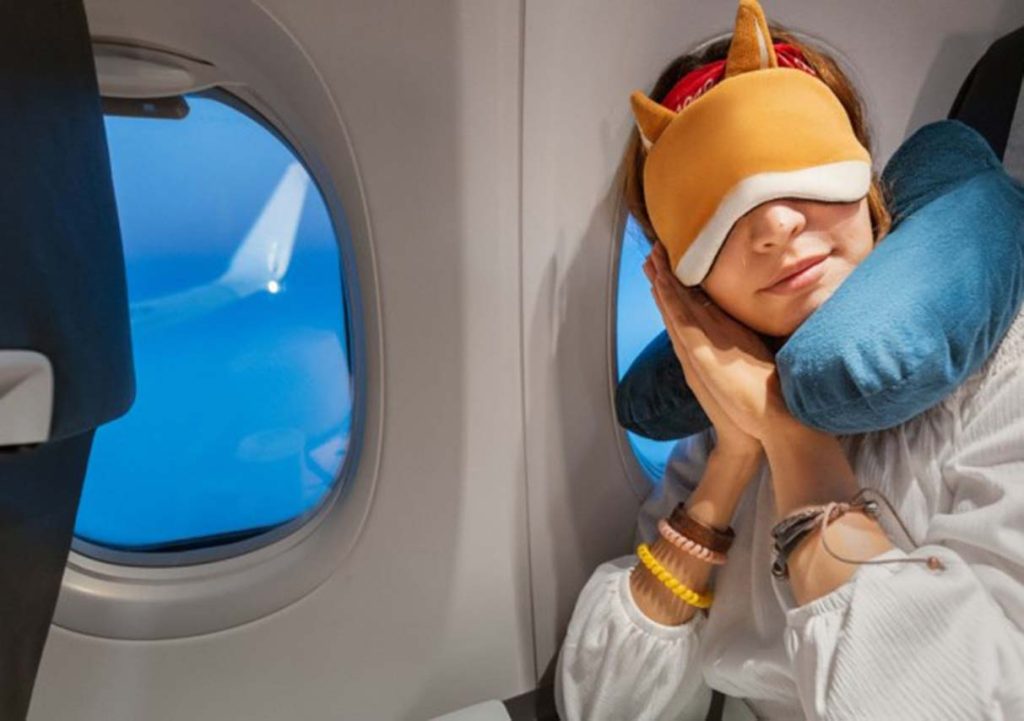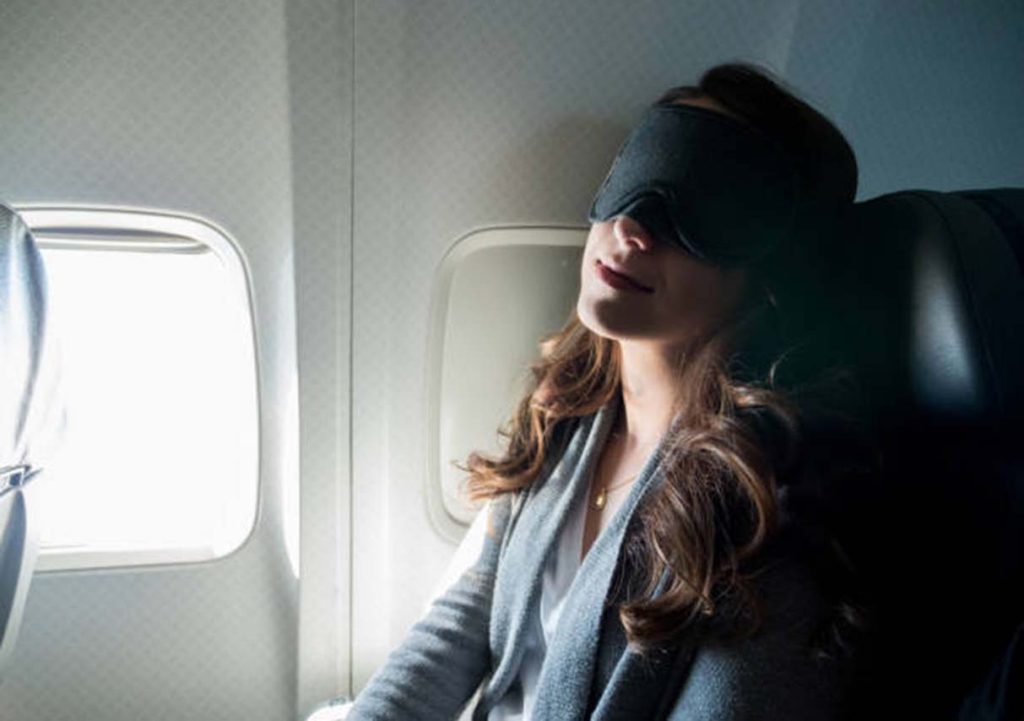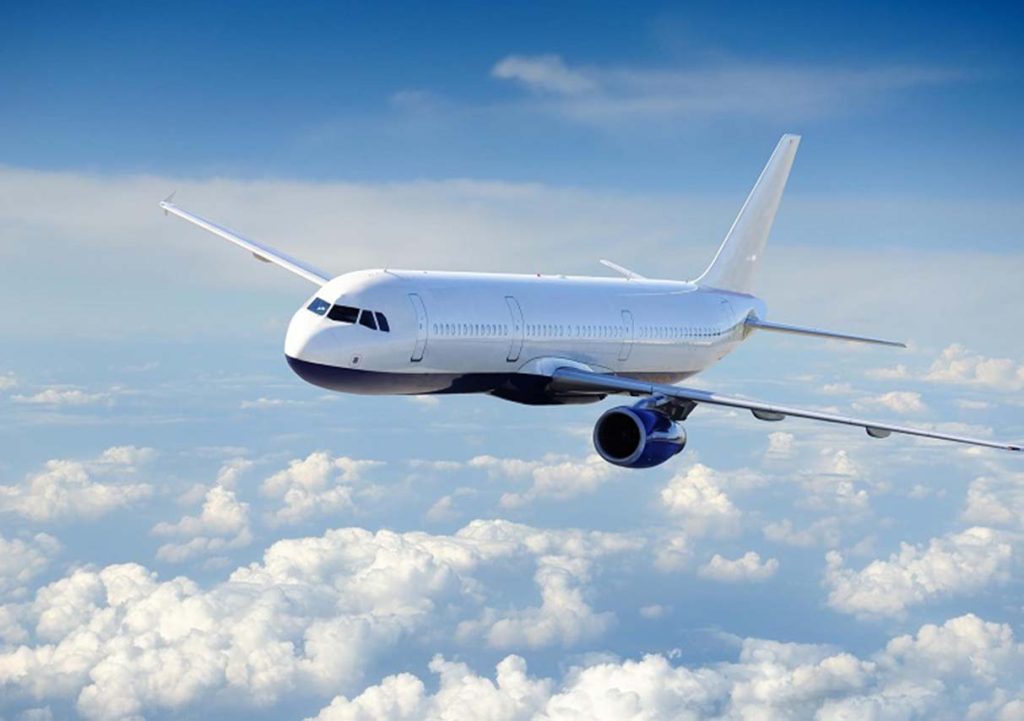Getting a good night’s sleep on a plane can be quite challenging, especially during long-haul flights. However, with the right preparation and strategies, you can increase your chances of falling asleep and staying asleep throughout your journey. In this article, we will provide you with 10 tips for better sleep on a plane, ensuring that you arrive at your destination feeling refreshed and well-rested.
Purchase the Best Travel Neck Pillow You Can Find
Investing in a high-quality travel neck pillow can make all the difference when it comes to getting a good sleep on a plane. Choose a pillow that is both comfortable and supportive, ideally made from memory foam or another material that molds to the shape of your neck. A good neck pillow will help to prevent neck strain and allow you to sleep more comfortably in an upright position.
Choose Your Airplane Seat Wisely
The location of your seat can have a significant impact on your ability to sleep during a flight. If possible, opt for a window seat, as this provides a surface to lean against and allows you to control the window shade. Alternatively, choosing an aisle seat can provide more legroom and make it easier to get up and stretch your legs during the flight. Avoid sitting near the lavatories or the galley, as these areas tend to be noisy and have more foot traffic.
Bring a Hammam Towel as a Blanket
A lightweight hammam towel can serve as an excellent travel blanket, providing warmth and comfort during your flight. It is also easy to fold and pack in your carry-on luggage. Having a familiar, comfortable item from home can help you relax and fall asleep more easily.

Sleep with Your Legs Elevated
Elevating your legs during a flight can improve circulation and reduce the risk of developing deep vein thrombosis (DVT). Use a small footrest, a carry-on bag, or a soft item such as a sweater to prop up your feet and reduce swelling. This can also help to relieve pressure on your lower back and promote better sleep.
Make Use of the Airplane Tray Table
The airplane tray table can serve as a makeshift pillow or armrest if you need additional support while sleeping. Place a soft item, such as a sweater or small pillow, on the tray table and lean forward, resting your head or arms on the surface. This can provide an alternative sleeping position for those who struggle to sleep in an upright position.
Make Yourself as Comfortable as Possible
Dress comfortably for your flight, wearing loose-fitting clothing and layers that can be easily removed or added as needed. Bring items such as an eye mask and earplugs to block out light and noise, and consider wearing noise-canceling headphones to further reduce distractions. Adjust your seat and headrest for maximum comfort and use any available amenities, such as blankets and pillows, provided by the airline.
Sleeping Pills on the Plane
If you struggle to sleep on planes, you may consider using over-the-counter or prescription sleep aids. However, it is important to consult with a healthcare professional before using any medication, as some sleep aids can cause side effects or interact with other medications. Always follow the recommended dosage and guidelines provided by your healthcare provider.

Opt for Herbal Tea Instead of Alcohol
While it may be tempting to have an alcoholic beverage to help you relax and fall asleep, alcohol can disrupt your sleep cycle and leave you feeling more tired upon arrival. Instead, opt for a cup of herbal tea, such as chamomile or valerian root, which can help to promote relaxation and better sleep.
Listen to a Book or Podcast
Listening to a calming audio book or podcast can help to relax your mind and prepare you for sleep on a plane. Choose a story or topic that is soothing and engaging, but not overly stimulating. Using headphones or earbuds, adjust the volume to a comfortable level and set a sleep timer if your device has one. Focusing on the narrative can help to distract you from the noise and discomfort of the airplane environment, making it easier to drift off to sleep.
Sleep with Lavender Sleep Balm
Lavender has long been known for its calming and sleep-promoting properties. Applying a lavender sleep balm or essential oil to your temples, wrists, and neck can help to soothe your senses and encourage relaxation. Be sure to choose a product that is specifically designed for use on the skin and follow the manufacturer’s instructions for proper application.
Sleeping on a plane can be challenging, but with the right strategies and preparation, it is possible to get some rest during your journey. By following these 10 tips, you can create a more comfortable and relaxing environment that encourages sleep, ensuring that you arrive at your destination feeling refreshed and ready to enjoy your trip.





